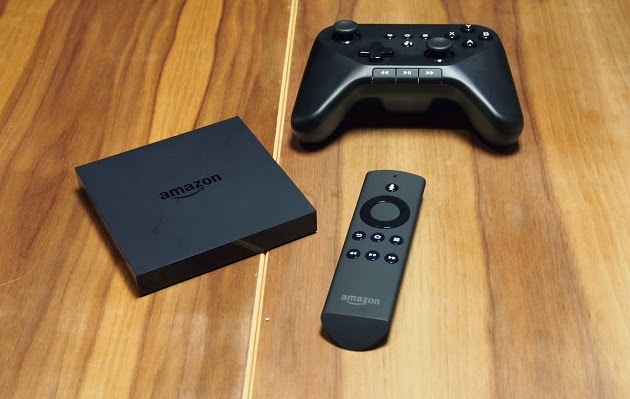Whereas Capcom only released a small handful of games for Sega’s 16 bit console, the Sega Genesis, Konami was much more gracious with their licenses. Besides Street Fighter 2, Capcom really only gave Strider and Ghouls n Ghosts to Sega, and that was in the company’s early years. Konami, on the other hand, essentially released their whole library on the Genesis. Where to even start? Heck, I’ll just list em’ all. Contra Hard Corps, Castlevania Bloodlines, Tiny Toon Adventures, Sunset Riders, Snatcher, Zombies Ate My Neighbors, Rocket Knight Adventures, Teenage Mutant Ninja Turtles: The Hyperstone Heist, Lethal Enforcers, and Sparkster. What a pixel-perfect treasure trove!
As great as the list above is, believe it or not there were even more Konami games released on Nintendo’s 16 bit console, the SNES. So, what I’ve decided to do here is simple: I’m going to compare just one franchise from both systems and see how they stack up against each other. This isn’t to prove which console is better (if you read this blog at all, you’ll know my favorite console is the Super Nintendo), it’s just for fun.
As great as the list above is, believe it or not there were even more Konami games released on Nintendo’s 16 bit console, the SNES. So, what I’ve decided to do here is simple: I’m going to compare just one franchise from both systems and see how they stack up against each other. This isn’t to prove which console is better (if you read this blog at all, you’ll know my favorite console is the Super Nintendo), it’s just for fun.
1A: Super Castlevania 4
Ah, Castlevania. What a legendary series. It’s the ultimate in 2D horror. Coming from the 8-bit NES, Castlevania 4 looks positively stunning… especially considering this was released very soon after the SNES’ launch in 1991. Gamers were right to drop their jaws at the power of Nintendo’s 16 bits. I liked this game so much that I even put it in my top 50 games of all time.
There’s just one problem: It might not be as great as I remembered it. Don’t get me wrong, it’s not a bad game or anything; it’s just slightly underwhelming compared to Sega’s Castlevania Bloodlines. My main problem with the game is its atmosphere. It’s just not scary or really even that creative.
You see, it’s almost as if the game designers were told by Nintendo to not make the game “too scary.” I mean, the game’s bad guys are just so boring. They include empty coffins and tables… yes, tables. Even the game’s bosses make me drowsy: Mummies and a dancing ghost couple… yawn.
Also, while I’m at it let me complain about the sprites themselves. They look ugly. I know it’s supposed to be gothic, but the sprites are just too large and gangly for their own good. Simon Belmont looks like a basketball player who crapped his shorts when he walks.
Finally, we get to the slowdowns. Yes, I know this was an early SNES game, and that Konami hadn’t quite figured out the system yet, but it’s still an issue. There are whole rooms that don’t just stutter, but move in a constant haze of slowness. The “Mode 7 room” as I call it, with the room looking like a rotating tube, is impressive, but it practically brings the game to a halt. The same slowdown happens every time you attack a mud man in the caves.
I know it sounds like I’m being hard on the game, but no Castlevania on the NES had these problems. I still love Castlevania 4 though, I would just have to say it’s no longer my favorite Castlevania.
1B: Castlevania Bloodlines
What a step up from Castlevania 4! Yeah, Bloodlines (or Castlevania: The New Generation for you Brits) is on technically inferior hardware, but it doesn’t matter. The colors pop off the screen and you’ll witness the Genesis push itself to the limit without any slowdown whatsoever.
For starters, I just like the graphical aesthetic to the game. The colors aren’t grimy like they are in the SNES version, they just look more vibrant to me. While the sprites may be slightly smaller, they don’t look awkward like Castlevania 4. Also a huge improvement is the creativity of the enemies themselves. They look positively nightmarish. From a massive hellhound whose howl breaks apart glass that you must dodge, to a seemingly beautiful princess that transforms into a giant disgusting moth, Bloodlines just has more creativity.
One of my favorite parts in the game has to be the Leaning Tower of Pisa. Here, you’ll fight a demonic Gargoyle boss as the tower beneath your feet rotates 360 degrees. Bloodlines is full of cool touches like these. Like when you enter stage 6’s Castle Proserpina and you have to navigate where you’re going through a split mirror effect.
Quite honestly, Bloodlines is just more daring than Nintendo’s effort. For the first time in Castlevania history, you’ll see copious amounts of blood as you behead harpies or spill the guts of zombies with your whip or lance. Yes, I said whip OR lance. In Bloodlines, you can actually pick one of either two characters and each has slightly different branching paths and weapons.

















